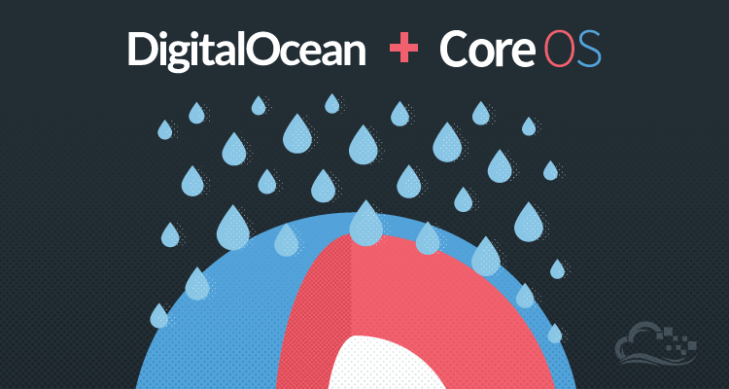Since its launch just a few years ago, DigitalOcean quickly made a name for itself as a hosting platform for affordable virtual servers. The company’s ambition goes far beyond hosting your WordPress blog or test server on a $5/month machine however and today it is taking a next step in this direction by announcing its support for CoreOS, the highly popular container-centric Linux distribution for massive-scale deployments.
“There is a lot of community excitement for CoreOS,” said Mitch Wainer, co-founder and CMO at DigitalOcean in a statement today. “We’re pleased to announce that developers can begin using CoreOS immediately, ensuring the resiliency of their architecture, as their ability to scale at massive levels increases.”
DigitalOcean tells me that it believes its platform is now the “easiest and least expensive way to try out CoreOS and get started using containers on any cloud service”
Given that running a CoreOS cluster is a bit more intricate than just firing up the latest version of Ubuntu on a single server, DigitalOcean users need to take a few extra steps, too. They need to supply a configuration file when they create a new service (or “droplet” in DigitalOcean’s parlance). CoreOS, after all, needs to know what other servers it can talk to. It’s not all that complex to set up these configuration files, but it’s also not trivial by any means.
With the addition of CoreOS support, DigitalOcean is clearly trying to expand its reach beyond the basic virtual server market. And if it wants to be taken seriously in the competition with AWS and Google Cloud Platform, it does need to offer exactly these kind of services.
As the company’s co-founder Ben Uretsky has often told me, the company was so busy just scaling up to meet demand over the last few years that basic product development like adding more distributions often fell by the wayside. Now that DigitalOcean has plenty of funding and a larger staff, it’s able to focus more on adding new features like today’s CoreOS launch.
